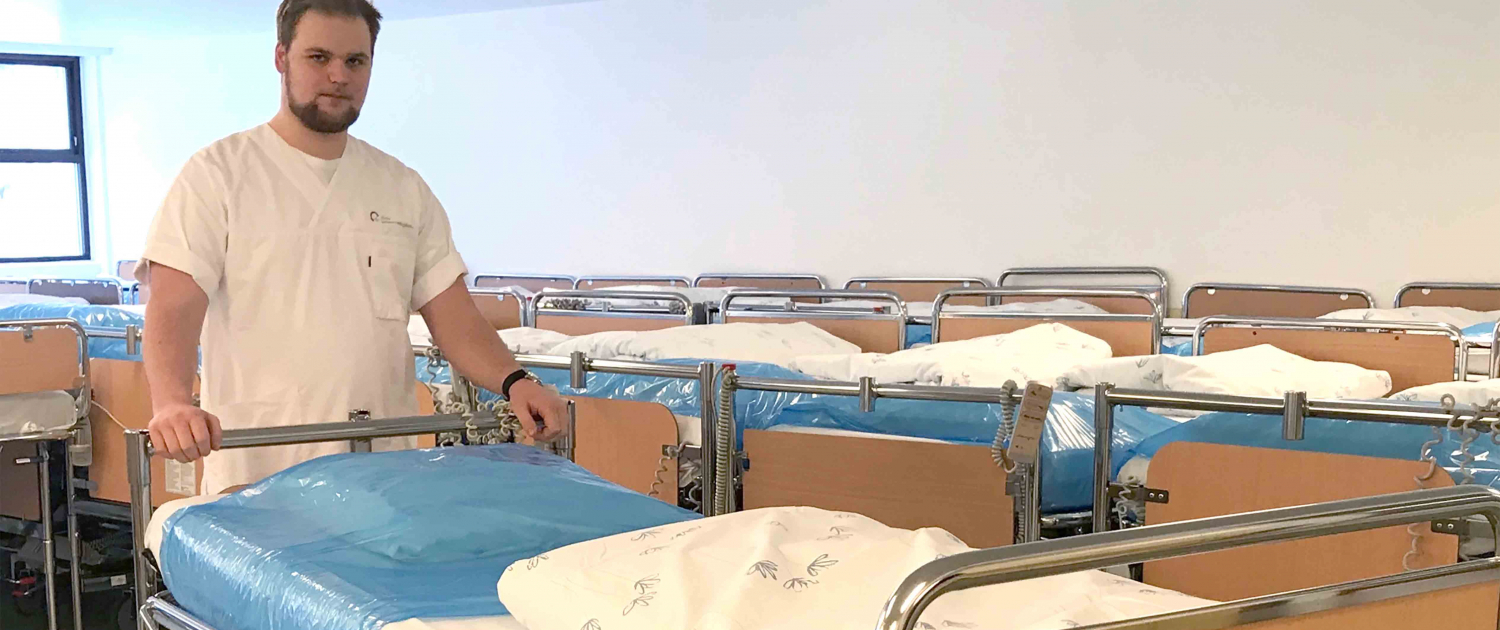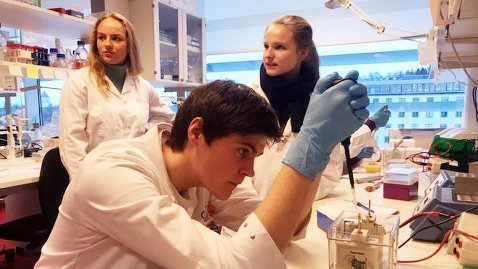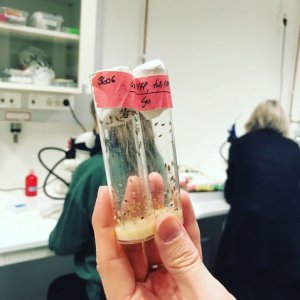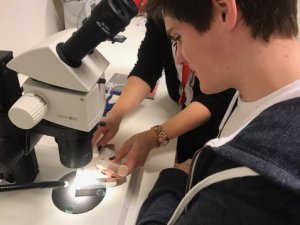Chemistry with mutual benefits
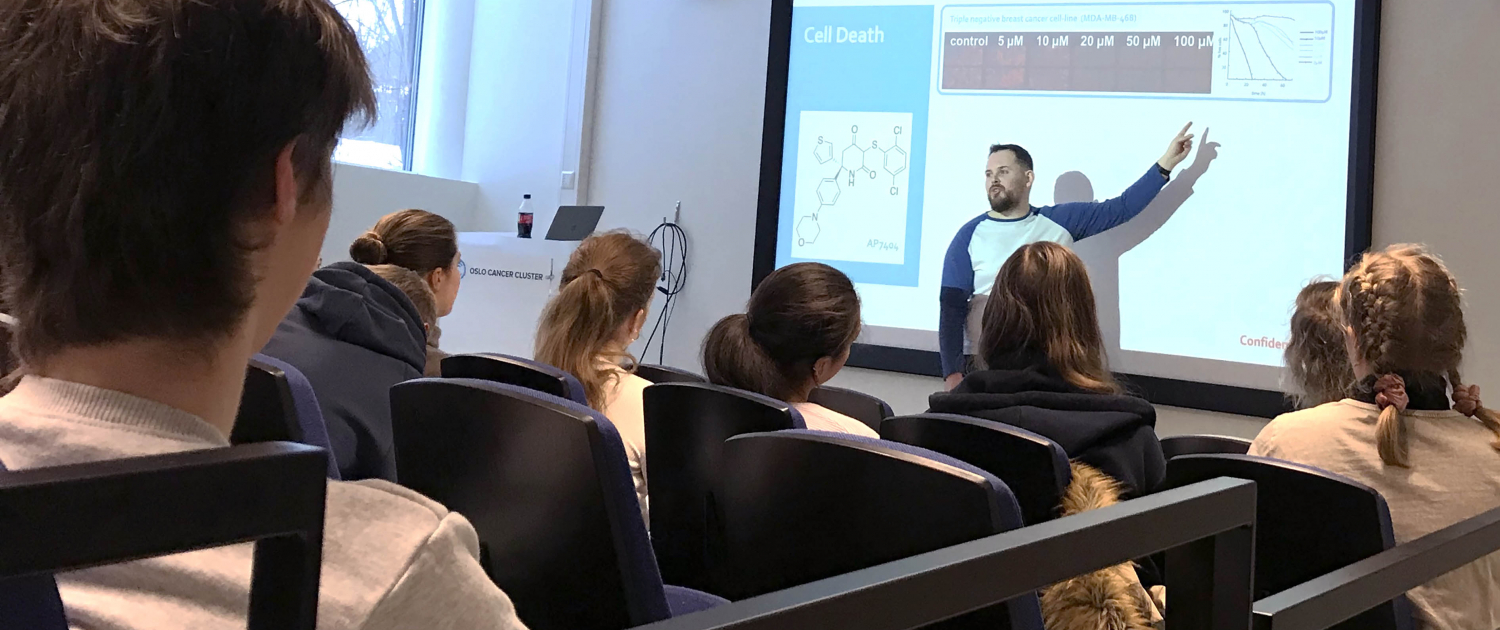
Students were taught about the chemistry behind developing cancer treatments in the Oslo Cancer Cluster Incubator.
In February, forty chemistry students were given a memorable specialisation day on the subject of the chemistry behind developing cancer treatments. The company Arctic Pharma in Oslo Cancer Cluster Incubator invited them to the lab and gave a long and detailed lecture on the chemistry behind the medication they are developing to treat cancer.
Karl J. Bonney, who is a researcher in the company, started the day with an interactive lecture in English about the chemistry of the substance Arctic Pharma hopes will be effective against cancer.
Bonney emphasised to the students that the company is in the early stages of the development, and that it will take approximately three to four years before they are potentially able to start clinical trials on humans to see whether the substance is effective.
The pupils who are studying chemistry as their specialisation in the last year of upper secondary school were obviously fascinated by what they heard. They asked many important questions both to the lecturer, Bonney, and the chemistry teacher, Karsten, who participated to explain the most difficult terms in Norwegian.
Sugar-hungry cancer cells
Arctic Pharma is exploiting a well-known biological fact regarding cancer cells, namely that they like sugar, which means they have a sweet tooth. This is called the Warburg effect, and, so far, nobody has used it in the treatment of cancer. Since this is such a characteristic aspect of cancer cells, it would make sense to think that this could be a viable starting point for treatment.
Arctic Pharma is one of the smaller companies in Oslo Cancer Cluster Incubator and is co-located with Ullern Upper Secondary School. Bonney has been permitted to use the school’s chemistry lab to test the chemical substance being developed to attack the Warburg effect.
The chemistry day at the company was organised to return the favour and to inspire the young chemistry students to keep studying chemistry at a university or university college.
- Learn more about the company Arctic Pharma by visiting their official website.


